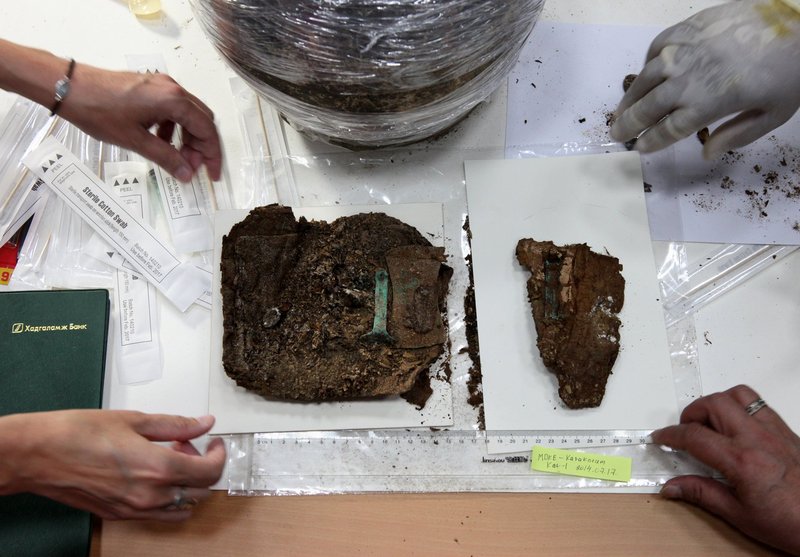Überblick
The aim of the Orkhon Valley Cultural Landscape Project is not only the archaeological exploration of the Uyghur and Mongolian capitals of Karabalgasun and Karakorum and their surrounding areas, but also the conservation of the finds and features documented in the process. Much of the material recovered during the excavations is now stored in the Kharakhorum Museum in the modern town of Harhorin (near medieval Karakorum).
In close cooperation with the Rheinisches Landesmuseum Bonn, the existing facilities in the Orkhon Valley have been further developed through a number of measures, including several months of training for the local restorer at the LVR Museum Bonn, a workshop in the summer of 2014, and the establishment of a new workshop at the Kharakhorum Museum. The project received generous financial support from the Gerda Henkel Foundation and the Mongolian Ministry of Culture.
This was a major step forward in the establishment of a regional and decentralised restoration centre in the Orkhon Valley World Heritage region, which includes Karakorum and Karabalgasun as well as numerous other archaeological sites.



